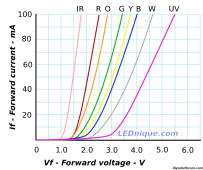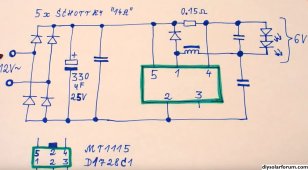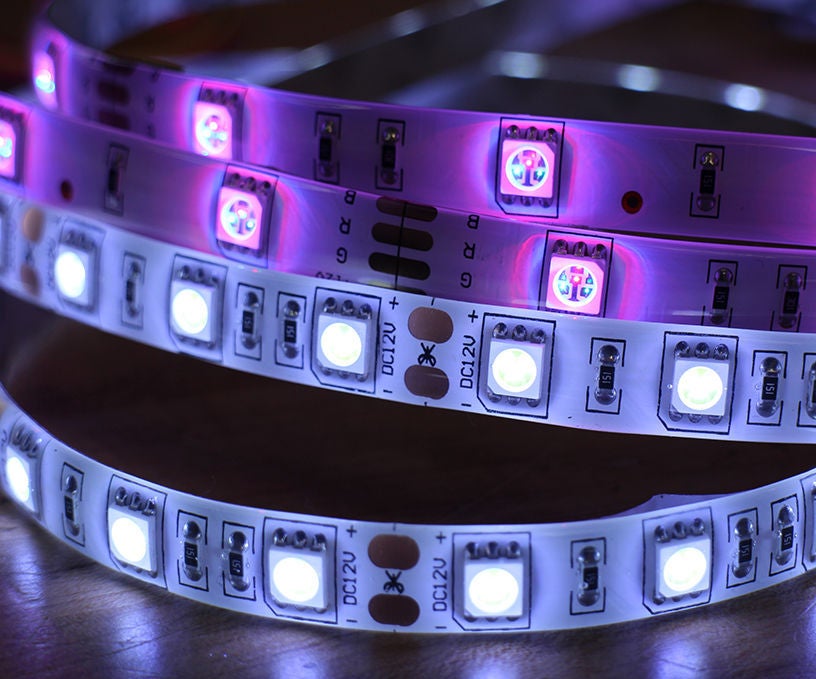There may be a thread on this already, but I didn't see it.
I tinker with alot of electronics, and a few years back I decided to make a few high(er) current DC power supplies that I put octopus wires on so that I would have easy access to 12V and 5V power for whatever devices I wanted to power without hunting down a power adapter and then finding a plug to plug it into.
If you have a solar battery putting out kWs of 48V DC, does it make sense to power at least some devices off that directly and skip the DC->AC->DC conversion? Of course, there's going to be additional line losses with lower voltage and losses in DC-DC conversion, but it may end up being overall less loss, and it could reduce the inverter power requirements.
A quick google search suggests that 48V would be considered low-voltage, which would ease code restrictions. Of course, you're going to want to make sure you use proper fuses when connecting to your gigiwatt battery bank.
I've seen proposals for multi-voltage DC outlets, but they never seem to go anywhere. Do such things exist? USB-C is becoming pretty standard, and it supports multiple voltages. I suspect DC power is also more common in RVs and boats, but I'm not very familiar with what's available or what the standards are.
A while back I found some A15 standard 12V LED bulbs, and wired up some post lights in the yard to low-voltage landscape lighting. Seems like that could/should be more common. You should be able to power 4 12V LED bulbs directly from 48V if you wire them in series, with no conversion loss, assuming they haven't done anything fancy internally, and just wired the LEDs in series with appropriate resistors.
Thoughts?
I tinker with alot of electronics, and a few years back I decided to make a few high(er) current DC power supplies that I put octopus wires on so that I would have easy access to 12V and 5V power for whatever devices I wanted to power without hunting down a power adapter and then finding a plug to plug it into.
If you have a solar battery putting out kWs of 48V DC, does it make sense to power at least some devices off that directly and skip the DC->AC->DC conversion? Of course, there's going to be additional line losses with lower voltage and losses in DC-DC conversion, but it may end up being overall less loss, and it could reduce the inverter power requirements.
A quick google search suggests that 48V would be considered low-voltage, which would ease code restrictions. Of course, you're going to want to make sure you use proper fuses when connecting to your gigiwatt battery bank.
I've seen proposals for multi-voltage DC outlets, but they never seem to go anywhere. Do such things exist? USB-C is becoming pretty standard, and it supports multiple voltages. I suspect DC power is also more common in RVs and boats, but I'm not very familiar with what's available or what the standards are.
A while back I found some A15 standard 12V LED bulbs, and wired up some post lights in the yard to low-voltage landscape lighting. Seems like that could/should be more common. You should be able to power 4 12V LED bulbs directly from 48V if you wire them in series, with no conversion loss, assuming they haven't done anything fancy internally, and just wired the LEDs in series with appropriate resistors.
Thoughts?





